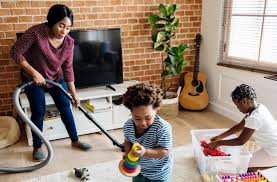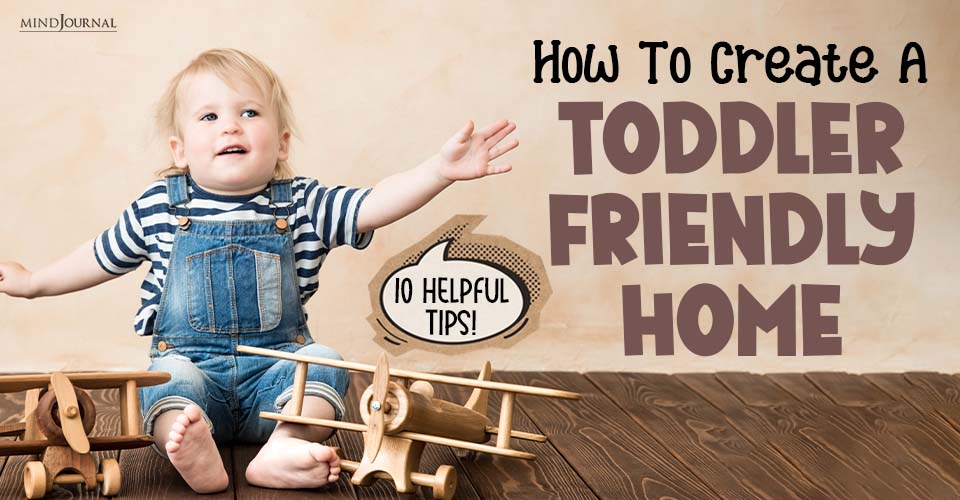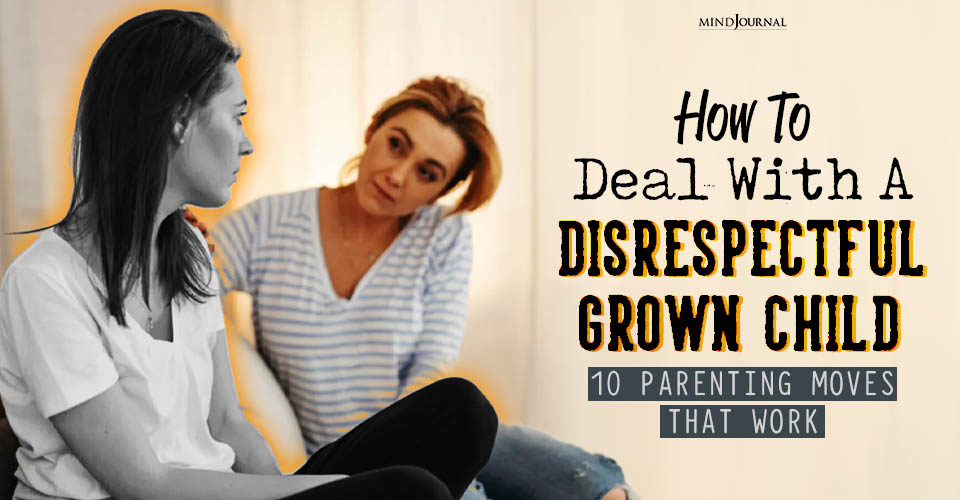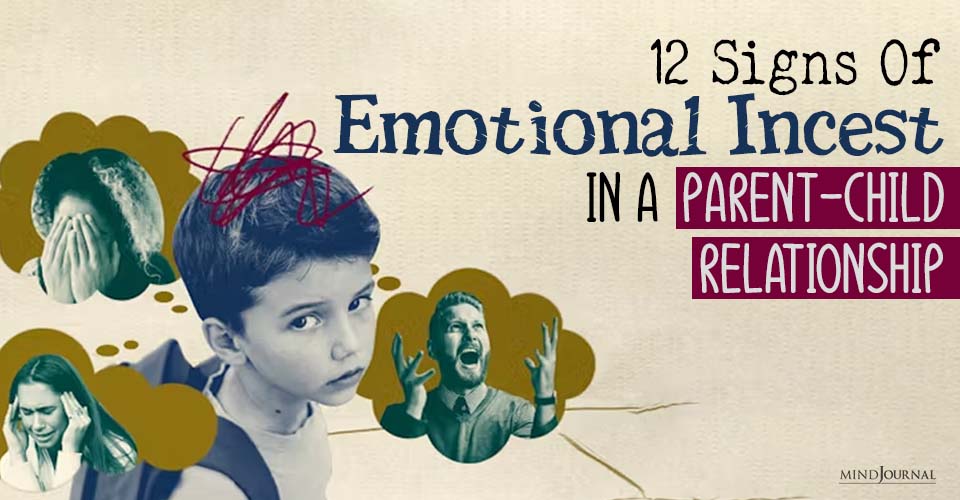Bringing a toddler to your house can be both exciting and challenging. As soon as they begin taking notice of their surroundings, the environment in which they dwell must be secure, comfortable, and conducive to growth.
It is important to learn how to create a toddler-friendly home because this will provide them with holistic development opportunities.
This post aims to share useful tips with you on what you need to do for your living area or any other space within your home to become a haven for these little ones.
Our guide touches on every necessary aspect concerning how to create a toddler-friendly home backed up by practical examples and suggestions that not only enhance safety but also improve their daily experiences.
How To Create A Toddler-Friendly Home: 10 Helpful Tips!
Here are 10 guidelines for how to create a toddler-friendly home that will help you as well as your child to live more comfortably.

1. Save It From Children
We are aware of the fact that toddlers are curious by nature and they will go through every nook and cranny of the house. At this age, they learn through touching, tasting and feeling therefore ensuring that your home is well baby-proofed.
Among the tips on how to create a toddler-friendly home is to start by tethering heavy furniture such as bookshelves, dressers, and TVs to the wall so that they do not topple when climbed up by the little one. Use baby-proof locks on cupboards and drawers containing hazardous items like cleaning agents, medicines, or sharp objects.
Also, don’t forget about plastic covers over electrical outlets which prevent them from being poked into by inquisitive fingers.
Read More: 3 Crucial Reasons Why Being A Role Model Parent Is Important For Your Child!
2. Establish A Secure Play Area
The most important tip for how to create a toddler-friendly home is ensuring there is a safe space for playing where your child can be left without worries of getting hurt or damaging anything valuable.
This zone should not have any heavy furniture that might fall on them or small things that could cause choking either. Soft mats or carpets must be used in covering floors so as to cushion falls but also provide a comfortable surface for sitting or crawling on.
Also, toys within this region should always be age-appropriate i.e., large enough such that they cannot be swallowed but also strong enough to endure rough treatment.
Read More: Positive Parenting Tips For Toddlers – 10 Parenting Insights You Can’t Miss
3. Creating a Child-Friendly Home With Non-Toxic Materials
Every single thing in your house needs to be child-friendly; even the paint on walls and the cleaning products used every day are also included here.
Traditional paints together with cleaning agents usually contain harmful chemicals that can negatively affect the health of children.
When learning how to create a toddler-friendly home remember that you should go for paints that have low levels of volatile organic compounds (VOCs) since these do not easily release dangerous gases into the atmosphere when dry. Also, consider eco-friendly non-toxic alternatives when buying cleaning supplies.
4. Create a Child-Friendly Bathroom
Restrooms can be dangerous places for kids because of water, and slippery surfaces among other hazards. Begin creating a child-friendly home by fitting a latch on the toilet tank lid to prevent your child from playing inside or around it.

Use non-slip bath mats to ensure that nobody slips while in the tub and place them on the floor of your bathroom for additional safety measures. It is also advisable to keep your bathroom door closed or put up a baby gate across it if you are not around.
Lower the temperature setting on your water heater such that it does not go beyond 120 degrees Fahrenheit.
5. Creating A Child-Friendly Home By Arranging
Once you have children, creating a child-friendly home is incredibly important to stay organized. Not only does this provide a safer living space for both you and your toddler, but also helps them develop independence and responsibility by making things more accessible.
Additionally when learning how to create a toddler-friendly home, utilize transparent or labeled containers so that kids can easily find what they need to put away while gaining organizational skills.
Use pictures along with words when labeling bins for storage; this teaches little ones how to recognize items as well as categorize their belongings.
Moreover, children will enjoy the visual aspect of sorting various objects into different groups which fosters cognitive growth as well as neatness.
6. Light Up Their Space With Lamps
Keeping the house well-lit is an essential measure in preventing falls, especially for infants who are just starting to learn to crawl. Start creating a child-friendly home by installing nightlights along hallways or near bedrooms where your child sleeps so he can walk without stumbling around scared in the dark.
However, it would be best if a cozy atmosphere could be created by ensuring there is enough but gentle light entering into the room which will not strain your kid’s eyes thus giving them relaxation time before sleeping.
Therefore, expose bright natural lights in his play area within the home to maximize on baby’s visual development while boosting mood and concentration levels when he spends most of his time during the day hours at home.
This ensures a peaceful sleep routine due to reduced stimulation caused by very bright lights at bedtime.
Read More: 7 Things Children Inherit From Fathers Without Exception
7. Creating a Cozy Sleep Space
Children require comfortable and safe sleeping places where they can rest with ease. Making sure that your baby’s room is cozy for sleeping is one of the most important tips for how to create a toddler-friendly home.
It is also necessary to have a firm crib or bed that adheres to the current safety requirements and lies firmly with no gap between the mattress side and the frame where an infant could put his/her head thus causing suffocation death.
In addition, blackout curtains would keep out all light and make a naptime very dark apart from creating darkness in the room during night time when it is going to be swept into.
Parents who want their kids to fall asleep faster while blocking out any other sounds coming from other parts of the house could use white noise machines as well as lullaby music.
Read More: What Is Sleep Training: 5 Expert Tips To Help Regulate Your Child’s Sleep Pattern
8. Incorporate Educational Elements
Including educational toys and books in your home is a great way of nurturing your toddler’s cognitive and physical development.

Place a small bookcase within their reach that contains age-appropriate books meant to encourage reading interest. This is crucial when creating a child-friendly home.
Furthermore, as part of how to create a toddler-friendly home, you may also have regular reading sessions which assist in developing speech, building vocabulary, and fostering a life-long love for books among young ones.
Choose playthings that promote thinking critically like puzzles and blocks; these will help children develop skills through hands-on experience by enhancing their capacities to think logically as well as improving fine motor skills.
9. Prepare For The Children In The Kitchen
Your kitchen is the type of place where kids would have an interest in what’s going on because kitchens are usually referred to as the heart of many homes. Child-proofing a home involves making it safe and accessible for your toddler.
Begin by storing away cleaning agents, sharp tools, and other dangerous items in locked cupboards or out-of-reach places. Install stove knob covers and keep appliance cords short or out of reach to prevent accidental burns or electrocution.
One of our expert tips on how to create a toddler-friendly home is to assign a lower cabinet/drawer for kid-safe non-breakable items such as plastic containers, wooden spoons, and pots so that they can explore while you cook.
10. Follow A Timetable
For toddlers, establishing an everyday routine is very important so that they feel secure with themselves and know what to expect every day.
This can greatly reduce stress and tantrums for both you and your child. A daily routine should include set times for eating, playing, napping, etc., so the child will always be able to anticipate what will come next.
Therefore, this consistency acts as a stabilizer when it comes to the formation of good habits such as regular sleeping patterns or feeding cycles. Lastly, the transition between activities especially nap times or bedtimes becomes easier due to this predictable schedule among other things.
Although it takes time to plan for it and work on it creating a home that is safe for young children is one of the most significant investments into their development and well-being.
Remember that doing this doesn’t mean forgetting ourselves or other members of the family who may be sharing these spaces unlike what we want when how to create a toddler-friendly home.
Read More: How to Teach Your Child to Tell Time: A Step-by-Step Guide For Parents!
Key Takeaways
Creating a child-friendly home is crucial for ensuring a safe and nurturing environment for your child. By following these tips, you can transform your home into a space that supports their growth and development.
Start by baby-proofing key areas to prevent accidents. Secure heavy furniture, lock away hazardous items and cover electrical outlets. Establish a safe play area with soft flooring and age-appropriate toys. Choose non-toxic materials for paints and cleaning supplies to protect your child’s health.
By making these adjustments, you create a home that is not only safe but also enriching for your toddler, supporting their growth and happiness.
Frequently Asked Questions (FAQs)
1. How can I baby-proof my home for a toddler?
Secure heavy furniture, lock cupboards with hazardous items, and cover electrical outlets to prevent accidents.
2. What materials should I use to create a toddler-friendly home?
Use non-toxic paints and eco-friendly cleaning supplies to ensure a safe environment.
3. How can I create a safe play area for my toddler?
Designate a space with soft flooring and age-appropriate toys, free from heavy furniture and small choking hazards.










Leave a Reply